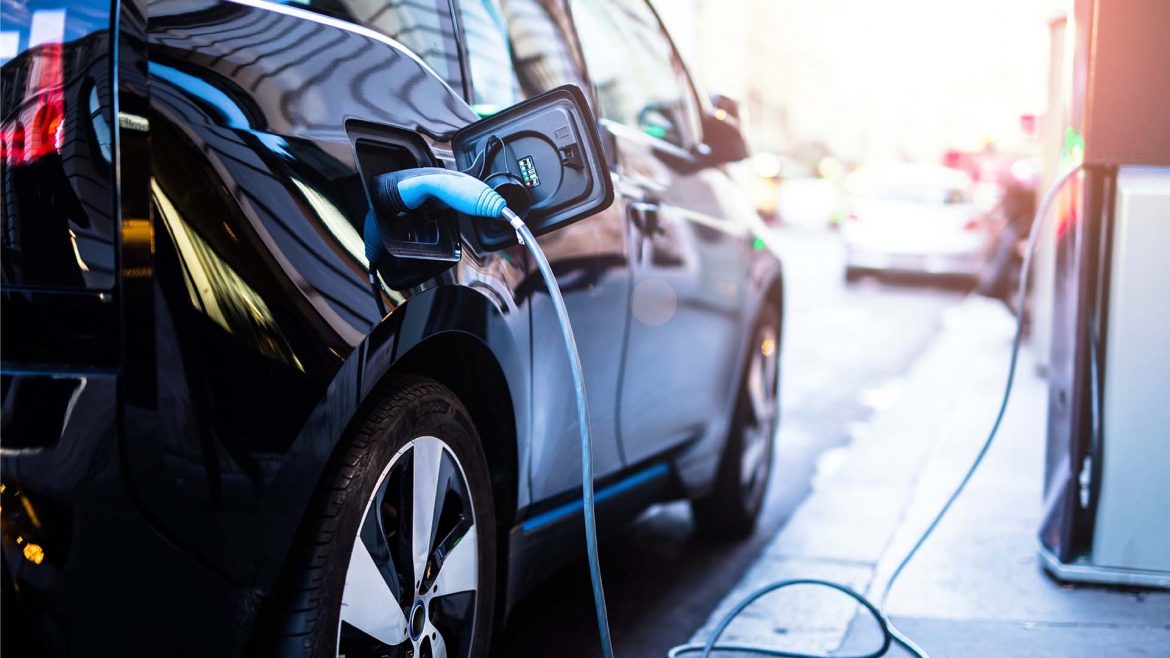In 2022, the United States witnessed a historic high in the fuel economy of new vehicles, marking the most significant annual improvement in nine years. The average fuel efficiency reached 26 miles per gallon (mpg), a notable increase attributed to the growing popularity of electric vehicles (EVs).
Record-breaking progress
The Environmental Protection Agency (EPA) reported a 0.6 mpg increase over 2021, demonstrating a notable shift towards more fuel-efficient vehicles. The surge was primarily driven by a rise in sales of electric and plug-in hybrid electric vehicles, contributing a commendable 1.2 mpg to the average fuel economy in 2022.
Electric vehicles leading the way
EPA Administrator Michael Regan praised the automotive industry’s progress in reducing climate pollution and emissions. Tesla emerged as the most efficient automaker, securing additional emissions credits, while General Motors and Mercedes-Benz opted to purchase credits to meet regulatory requirements.
Lagging performers
Despite the overall positive trend, some automakers lagged behind. Stellantis, GM, and Ford found themselves at the lower end of the fuel efficiency spectrum. While Tesla maintained its efficiency crown, Hyundai and Honda also secured notable positions in the fuel economy rankings.
Rising trends and projections
The report highlighted a significant shift in consumer preferences, with Americans increasingly favouring SUVs over traditional cars. Sedans and wagons constituted only 27% of vehicles sold in 2022, with SUVs dominating at 54%. The EPA projected further improvements, anticipating an average fuel economy of 26.9 mpg in 2023.
Electric revolution
The rise of electric vehicles, plug-in hybrids, and fuel-cell cars reached 7% of total production in 2022, with a projected increase to 12% in 2023. The average range of EVs also hit a new high of 305 miles, indicating a substantial advancement since 2011.
Concerns and calls for stricter regulations
Despite the positive strides in fuel efficiency, the report revealed that emissions from conventional gasoline vehicles had seen minimal improvement since 2015. Analysts, including Dave Cooke from the Union of Concerned Scientists, voiced concerns over the industry’s slow progress in cleaning up traditional gasoline vehicles.
Future regulatory landscape
In April, the EPA proposed ambitious emissions cuts for new vehicles through 2032, targeting a 56% reduction in fleet average emissions compared to 2026 requirements. The proposal aims to encourage the transition to electric vehicles, with 67% of new vehicles expected to be electric by 2032. However, debates between environmental advocates and industry stakeholders persist over the finalization of these regulations, with calls for even stricter rules on one side and appeals for moderation on the other.
The automotive landscape in the United States is witnessing a transformative shift towards greater fuel efficiency, driven by the surge in electric vehicle adoption. While commendable progress has been made, challenges remain in addressing emissions from traditional vehicles, prompting discussions about the need for more stringent regulations in the future.



